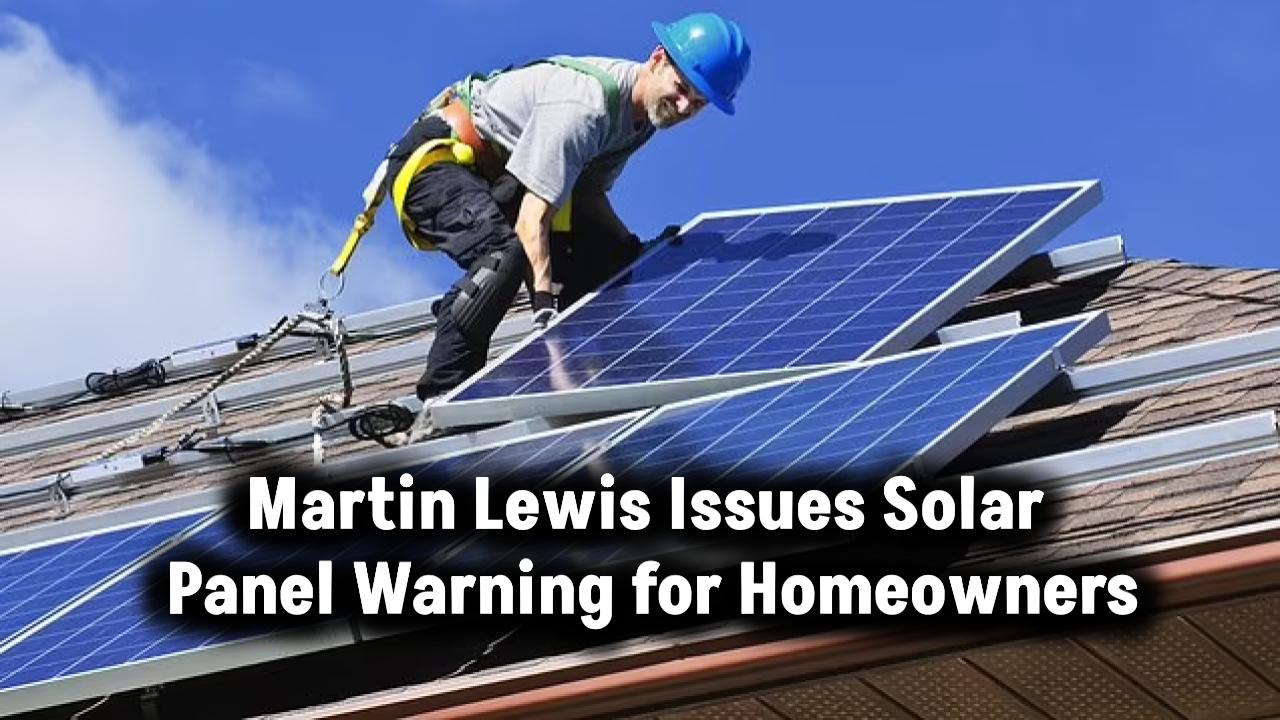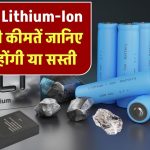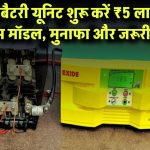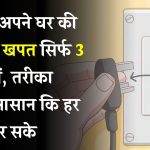
In a major scientific breakthrough, scientists have created a tiny solar molecule that can store solar energy for months and release it on demand—possibly changing the way we power our homes, businesses, and even vehicles. This new technology, part of a system known as Molecular Solar Thermal Energy Storage (MOST), offers a sustainable, long-lasting alternative to batteries and fossil fuels.
This article will help you understand what this molecule is, how it works, and why it might just be the future of clean energy. Whether you’re a curious reader, a student, or a professional in the energy sector, we’ll break down the facts in a clear and engaging way.
Also Check: Do Solar Panels Need Maintenance? You’ll Be Surprised What Most Owners Don’t Know!
What Is This Tiny Solar Molecule?
The molecule in question is part of a class called photoswitchable molecules. These are special types of chemicals that can change shape when exposed to sunlight. The transformation stores energy inside the molecule—kind of like charging a battery, except it’s happening at the molecular level.
The Science Behind It
The specific molecule most commonly used is norbornadiene (NBD). When it absorbs sunlight, it turns into another form called quadricyclane (QC). This new form has more energy stored in its chemical bonds. That energy can stay trapped for months—or even years—until a trigger (like heat or a catalyst) releases it.
This system is known as Molecular Solar Thermal Energy Storage (MOST), and it’s being developed by teams in Sweden, China, and other countries. You can find more about this project from Chalmers University.
Why Is This Important?
Today, most solar power systems rely on batteries like lithium-ion to store electricity. These batteries:
- Degrade over time,
- Are expensive to scale,
- And pose environmental risks if not recycled properly.
By contrast, this new solar molecule:
- Can store energy without degrading,
- Doesn’t lose power when sitting unused,
- And can be made using more sustainable methods.
“This technology allows us to trap solar energy in a molecule, hold it for a long time, and release it on command—without wires, batteries, or emissions,” explains Dr. Kasper Moth-Poulsen, a leading researcher in the field.
How Can It Replace Your Power Company?
While it’s not yet ready to power entire cities, the MOST system could revolutionize off-grid energy access and reduce dependence on centralized electricity. Here’s how:
1. Home Heating Systems
Imagine a rooftop panel that captures sunlight and sends energy-storing molecules to a tank. In winter, that tank heats your home—months after the sun last shone.
2. Solar Transportation
In 2022, researchers even built a tiny solar-powered car using this tech. The molecules stored energy during the day and powered the car at night without any external battery.
3. Industrial Heat Supply
Many industries need heat—not electricity. MOST molecules could provide direct heat on demand, which is more efficient than converting sunlight into electricity and back into heat.
Is It Safe and Sustainable?
Yes—and that’s part of what makes this breakthrough so promising.
- Non-toxic materials are used in many MOST systems.
- Unlike hydrogen storage, there’s no explosion risk.
- Molecules can be reused over 100 times with minimal loss.
It’s also a closed-loop system, meaning the molecule goes back to its original form after releasing energy—ready to absorb sunlight again.
Also Check: Flexible Solar Cells Smash Efficiency Records – A New Era for Clean Energy!
How This Works Step-by-Step
Step 1: Sunlight Exposure
A solution containing NBD molecules is exposed to sunlight. UV rays trigger a chemical change into QC, storing energy.
Step 2: Storage
QC molecules can be stored in tanks at room temperature. They are chemically stable and retain the stored energy.
Step 3: Triggering the Release
When heat or a special catalyst is applied, QC converts back to NBD—releasing heat in the process.
Step 4: Repeat the Cycle
The NBD molecules are now ready to absorb sunlight again. The cycle can be repeated hundreds of times.
Current Research & Development
The idea isn’t brand new, but scientists have only recently made it viable for real-world use.
Chalmers University leads much of the work, with funding from the EU and major sustainability grants. In one project, researchers successfully created solar thermal panels integrated with a MOST liquid to demonstrate year-round heating.
In 2021, researchers at Shanghai Jiao Tong University created a chip-sized MOST device that stored energy for over 18 years, showing how compact and long-term this system can be.
FAQs
Q: Is this better than a solar battery?
A: In many ways, yes. It stores heat instead of electricity, which is more efficient for applications like space heating. Plus, it doesn’t degrade as fast as conventional batteries.
Q: When will it be available to the public?
A: While lab-scale models are working well, widespread commercialization is still 5–10 years away depending on funding and interest from industries.
Q: Can I install this at home now?
A: Not yet, but pilot programs are expected to start in select markets. Keep an eye on developments from institutions like Chalmers University.
Q: Is it affordable?
A: It’s still in the R&D stage, but because it doesn’t rely on rare metals like lithium or cobalt, costs are expected to be lower in the long run.
Also Check: 8 Out of 10 Homeowners Agree – Rooftop Solar Changed Their Lives! Find Out Why








